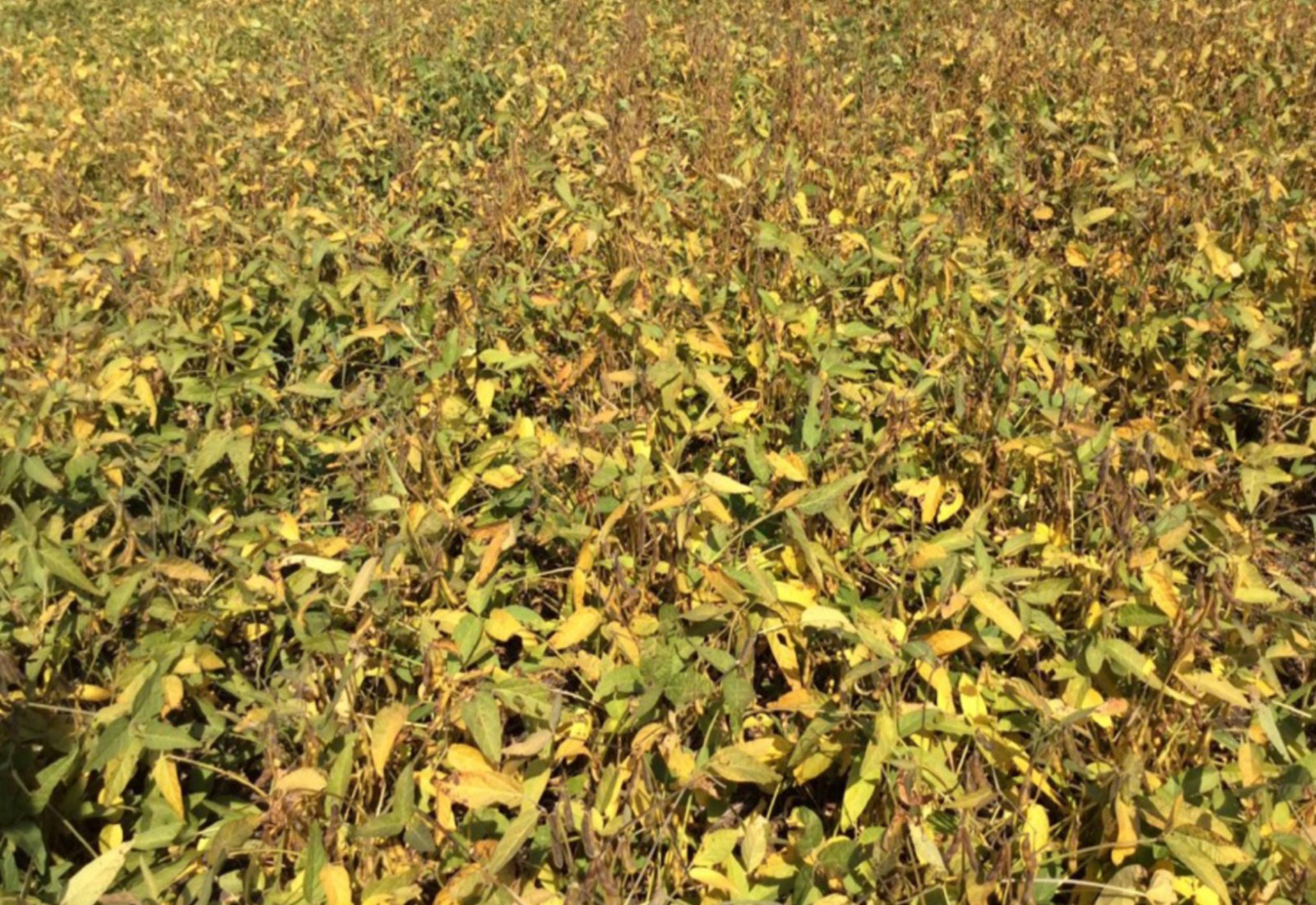It’s All About Timing

By Geoff Geddes
In a business that’s all about timing, experts say the time is now to harness the power of science and make it work for you.
“The majority of our producers find that the second to third week of May is ideal for getting their beans in the ground,” says Dennis Lange, Industry Development Specialist – Pulses, Crop Industry Branch with Manitoba Agriculture.
May days
While in some cases the planting window can stretch to the entire month, it depends on your situation.
“If you have cereals as well, you’ll want to get those crops in first and then plan your soybean planting based on number of acres,” says Lange.
For example, someone planting 160 acres shouldn’t target May 1 as it puts them at higher risk for spring frost. If you’ve got 4,000 acres, though, waiting too long could mean you don’t get your entire crop in the ground before June.
In spite of the focus on dates, the real dirt on soybean planting is that it’s all about the soil.
“Planting is based on soil temperature,” says Claude Durand, Product Development Manager for NorthStar Genetics. “If you can manage your soil and get it to that ideal temperature of 10 °C as early as possible while avoiding a spring frost, you should be okay.”
Maturing investment
Making the job easier are the emerging soybean varieties that sport the latest genetic advances.
“Researchers are looking for varieties that can complete their entire cycle from germination to maturity in a shorter window of time,” says Durand.
Currently there are a number of early maturing varieties on the market. Topping the list is NSC Leroy RR2Y that matures in 100 days, followed closely by NSC Watson RR2Y and NSC StarCity RR2X that take an extra two or three days.
A skeptic might ask if this is a case where, like most things in life, you have to give up something to get something. The answer is two-fold: yes and no.
No failure to yield
“Overall you probably see a bit less yield potential from these shorter season varieties, but if it means you still have a crop that year where you might not otherwise, it’s clearly worth it,” said Durand.
He is quick to add that with all of the thought and research going into creating new early maturing varieties, the yield loss is minimal.
“Another consideration is that soybeans require a lot of moisture later in the season and if things dry out as we’re getting into August, some of these early varieties will actually outperform their longer season counterparts as the latter may run out of water.”
Apart from their effect on the “when” of soybean planting, genetics also impact the “where.”
“Thanks to genetics, there have been real changes in which varieties can be grown in different regions,” said Lange.
In the zone
To help producers navigate the differences, Manitoba Agriculture has produced a soybean maturity zone map that is available from the Manitoba Pulse & Soybean Growers or in Seed Manitoba.
 Map: NSC Watson RR2Y on August 31.
Map: NSC Watson RR2Y on August 31.
“The map helps any grower and especially those new to the business in picking varieties based on the area they farm,” says Lange. “So, if you’re sitting down in Roblin in the fall making plans and see that your area is coloured dark green, you know you should plant very early in your maturity zone.”
Producers can then consult the table that accompanies the map for which varieties fall into that maturity period. These are the longest varieties they should feel comfortable growing in their region.
Given the diversity of the Prairies, do the same planting window principles apply throughout the west? This is another of those “yes/no” questions.
“At the front end of your planting, there isn’t a lot of variance among western provinces,” says Durand. “Prime time will be mid to late May almost anywhere in Western Canada. The difference comes at the back end.”
Because the eastern Prairies have a longer growing season, they should go with longer season varieties versus further west where they tend to get cooler temperatures and an earlier frost.
Of course, with Canadian weather, there are no guarantees. But if you apply genetics to expand your planting window, who knows what doors it may open?


